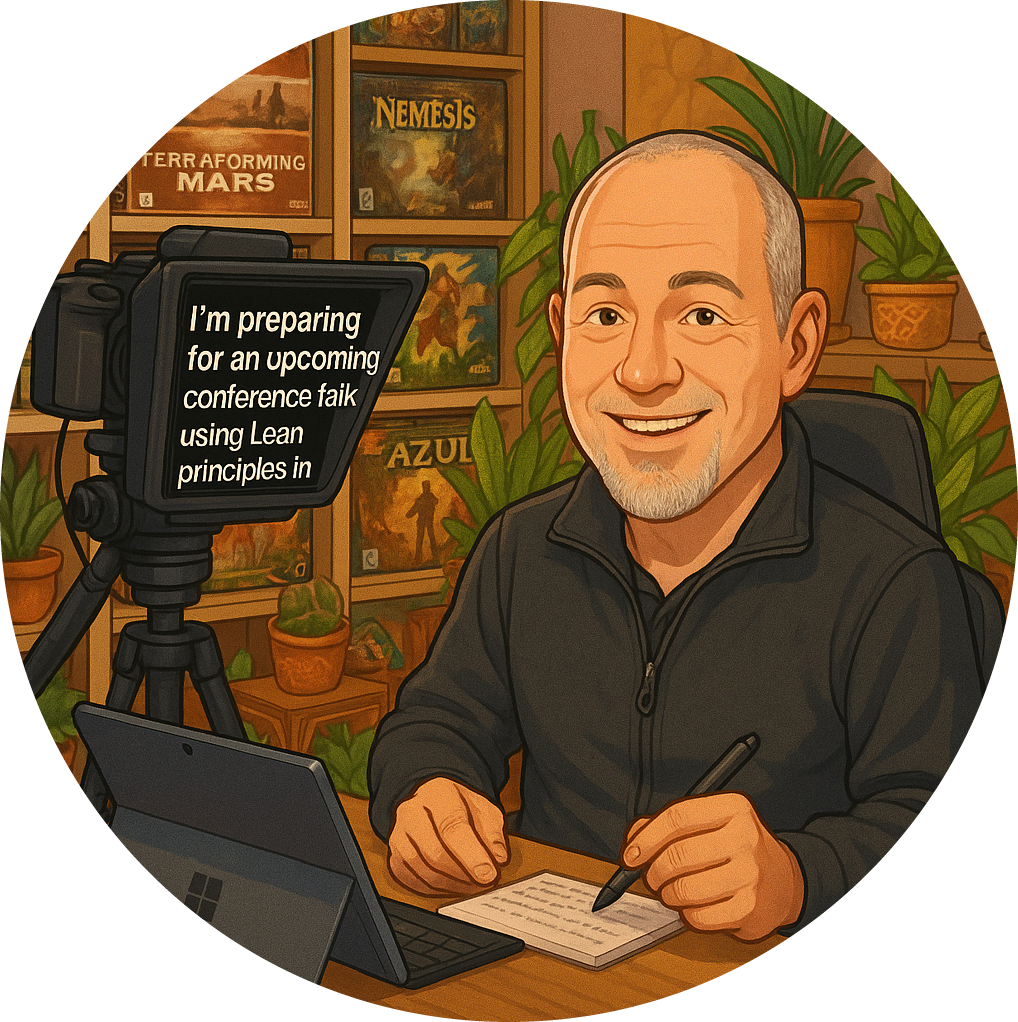In my journey through the world of product development , I’ve come to realise a fundamental truth: value only happens when you get it in front of real users. Everything that precedes this moment is merely an assumption. We can spend countless hours validating our ideas, trying to weed out the bad assumptions and features that seem promising on paper but may not resonate in reality. However, the crux of the matter is this: until we present something we believe will provide value to actual users, we remain in the dark about its true worth.
The Renovation Analogy
Let’s consider a relatable analogy: renovating a house. Imagine you’ve poured your heart and soul into redesigning a property, convinced that it will attract buyers at a premium price. But here’s the kicker, are people actually going to buy it? Will they be willing to pay what you think it’s worth?
This scenario mirrors the product development process. If you possess a keen understanding of your target audience, their needs, and the market dynamics, you can tailor your product to meet those expectations. This insight allows you to create something that is not just functional but genuinely appealing to potential users.
Key Takeaways for Product Development
Engage with Real Users Early: Don’t wait until your product is fully developed to seek feedback. Involve users in the early stages to gather insights that can shape your direction.
Validate Assumptions: Use prototypes or minimum viable products (MVPs) to test your ideas. This approach helps you identify what works and what doesn’t before investing significant resources.
Understand Your Market: Conduct thorough market research to grasp what your potential users are looking for. This knowledge is invaluable in guiding your product design and features.
Iterate Based on Feedback: Be prepared to pivot based on user feedback. The ability to adapt is crucial in ensuring that your product remains relevant and valuable.
Focus on Value Creation: Always keep the end user in mind. Your goal should be to create value that resonates with them, rather than simply ticking boxes on a feature list.
Conclusion
In conclusion, the journey of product development is not just about building something you think is great; it’s about ensuring that what you build truly meets the needs of your users. By getting your product in front of real users early and often, you can validate your assumptions and create something that delivers genuine value. Remember, assumptions are just that, assumptions. It’s the feedback from real users that will ultimately guide you to success.
So, as you embark on your next project, keep this principle at the forefront of your mind: value only happens when you get it in front of real users. Embrace the process, learn from your audience, and watch your ideas transform into something truly impactful.


























